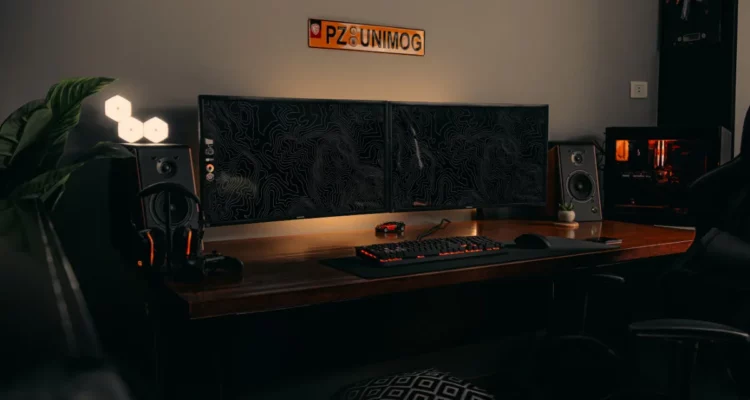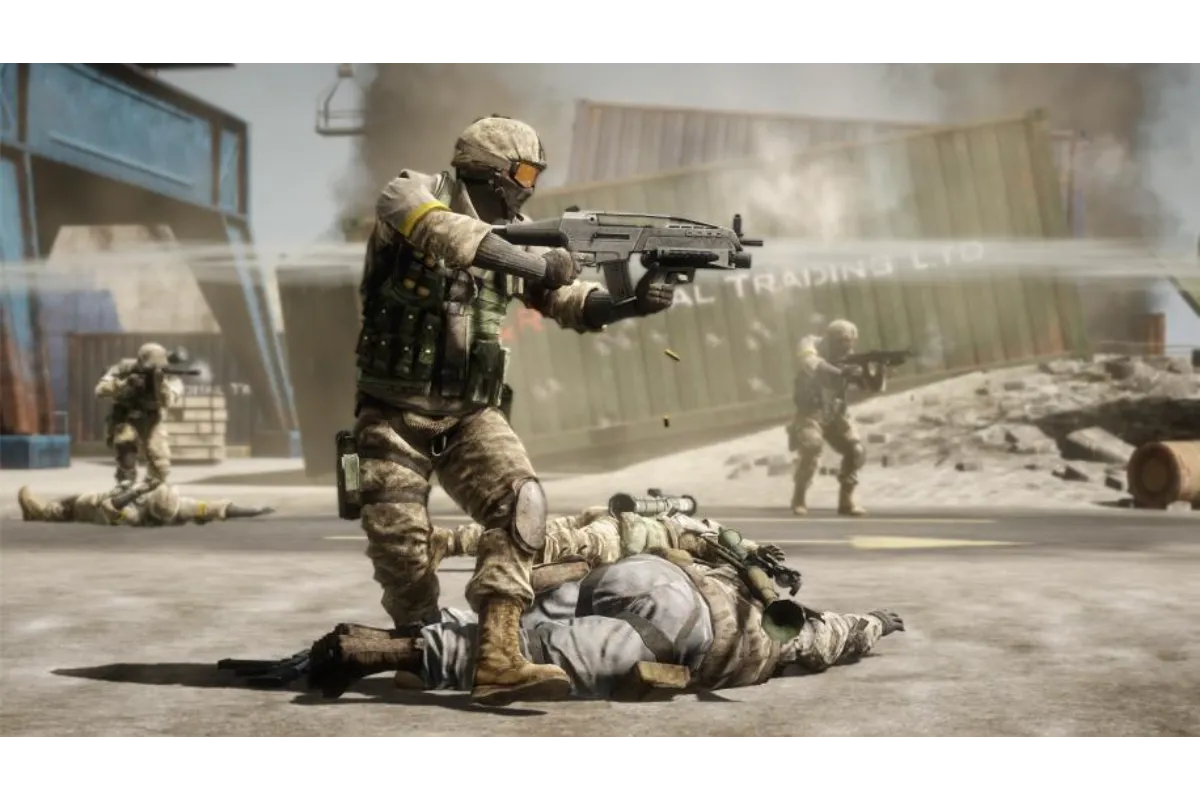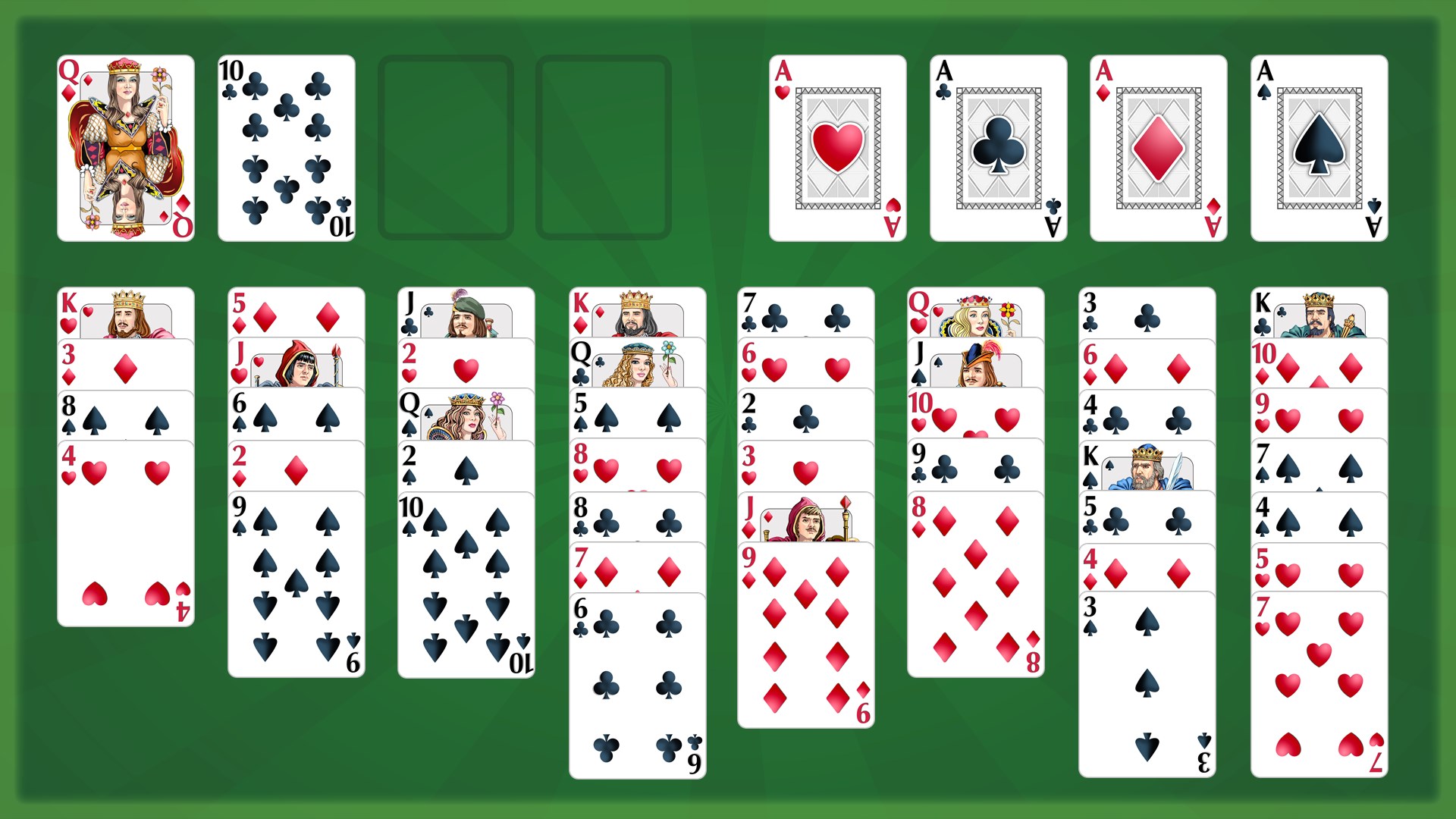Best Monitors for PC Gamers
Most people begin their gaming with whatever monitor is available to them—whether that’s an old television or an HG monitor nabbed from the nearest garage sale. However, in order to evolve in games like CS: GO or Rocket League, top pros look to upgrade their equipment.
When it’s time to go to virtual battle, a monitor can actually make a tangible difference in a gamer’s performance. High-quality graphics can help aid navigation and help gamers pick up on small details while in the throes of action. Trusty monitors can even improve speed, which prevents players from facing the consequences of lag.
And without features like high resolutions and high refresh rates, gamers can’t take advantage of cutting-edge graphics that enliven games—and not just in DOTA or LoL. Even virtual games like video slots are produced by trailblazing developers that don’t skimp on graphics or colorful schemes.
Those interested in diving into interactive and RPG-like video slots can find interesting slot machine options in one of the most relevant casino game industries.
Ready to find the perfect gaming monitor and start competing against pros? Keep reading below to see which features matter most.
Color & Graphics
LCD vs. LED
Typically, professionals working in design and image editing opt for monitors that deliver on painstaking color quality for programs like Adobe Photoshop, while gamers prefer speed over color fidelity.
However, gamers will need to choose between an LCD (liquid-crystal display) and an LED (light-emitting diodes) option. LCD screens are older, resulting in a bulkier and heavier screen and a limited color-contrast range. LED screens use a similar technology but consume less power than their LCD counterpart.
Gamers looking to get the most bang for their buck should opt for LED, which lasts about 20,000 hours longer than LCD. However, there’s also ample debate related to types of LCD panel like twisted nematic (TN), in-plane switching (IPS), and vertical alignment (VA).
TN is ideal for fast refresh rates and response times; IPS for vivid color displays and accuracy; and VA for refresh rates, viewing angles, and color contrast. Many professional gamers prefer IPS for its accuracy, though they tend to be pricier than TN and VA monitors.

Refresh Rates & Response Times
For many gamers, the jury is still out when it comes to finding the best refresh rate—though the importance of speed and accuracy in refresh rates can’t be understated. Today’s highest refresh rate is 240Hz, which means images pass through the monitor at a rate of 240 frames per second.
However, 240Hz monitors aren’t the end-all-and-be-all. Most gamers today continue to compete with monitors that have a 144Hz refresh rate, or even a standard 75Hz rate, which still allows for a smooth experience.
Response times are another major consideration when shopping for monitors. A response time gauges how long it takes for colors to shift according to the refresh rate. Those looking to maximize their response times can opt for a TN screen, which shifts colors each millisecond (versus the 2-4 millisecond range for VA and IPS).
Panel Type
Ultrawide vs. Curved
The next big question for a gamer is to choose between ultrawide or curved monitors. Ultrawide monitors can create more space and mirror the same effects from having multiple monitors lined up. But make sure to look into aspect ratio before choosing an ultrawide monitor (21:9 is the standard ratio for ultrawide monitors).
Curved monitors are designed to enhance the feeling of gameplay by drawing the gamer in and making them feel more immersed in the experience. Fortunately for gamers today, there’s no need to choose between one and the other, as curved, ultrawide monitors are available on the market for modern PC gamers.
Got stuck in a game? Don’t worry, Steve is here to solve all your queries and give you some hacks about your favorite game.


